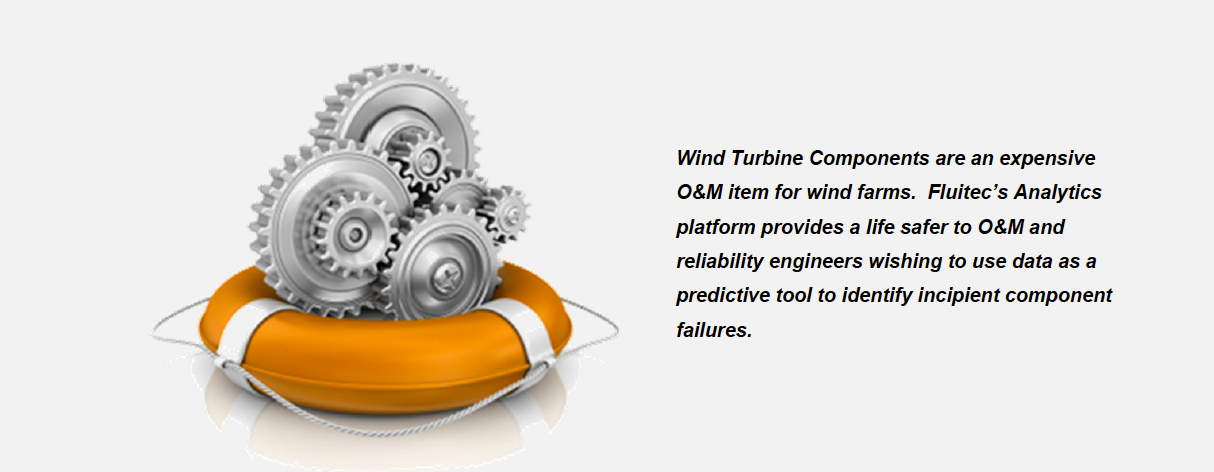Introduction
A significant challenge in operating a wind turbine is to know when there is trouble on the horizon. A primary method is to take measurements of various parameters. Turbines are constantly logging attributes such as wind speed and temperatures. Alongside, there are periodic measurements taken, such as gearbox oil samples. These attributes as a whole can effectively define the operational performance, health, and likelihood of issues. This paper focuses on the limitations of individual analysis attribute thresholds, as proposed by some original equipment manufacturers, and discuss how we develop multi-attribute thresholds. The discussion is centered on gearbox oil analysis, as it provides a large number of attributes to consider, and the individual attribute approach is particularly flawed. However, the fundamentals of our recommendations should be exercised on all turbine level data: temperatures, speeds, direction, etc.
[This blog post is an excerpt from the whitepaper titled: Setting Multi-Attribute Alarms for Wind Turbine Components, Authored by Amar Pradhan.]

Paradigm Shift away from Current Practices
When utilizing gearbox oil analysis to assess risk, the current paradigm has been to set thresholds on an individual attribute basis. As examples, these thresholds state for Oil Brand C: the acceptable range for Viscosity at 40oC should be greater than 256 and below 384 mm2/s and/or Iron should be less than 100 ppm. One is then expected to regularly measure viscosity and iron, and take actions, such as change oil, if either of the values is out of the acceptable range. In our analysis of >25,000 oil samples, the occurrence of viscosity values outside of the “acceptable range” is <0.1%. Moreover, the average value of Viscosity at 40oC, in the oil sample pulled just prior to a gearbox failure, was 318 (based on a sample size of >200). The average value of Iron, in the oil sample, pulled just prior to a gearbox failure, was 11 (based on a sample size of >200). These examples show that by simply maintaining values within an acceptable range, one cannot predict the health of the gearbox and oil nor mitigate the likelihood to fail.
To further corroborate the above, the…[Request the full 8 page whitepaper titled: Setting Multi-Attribute Alarms for Wind Turbine Components.]
